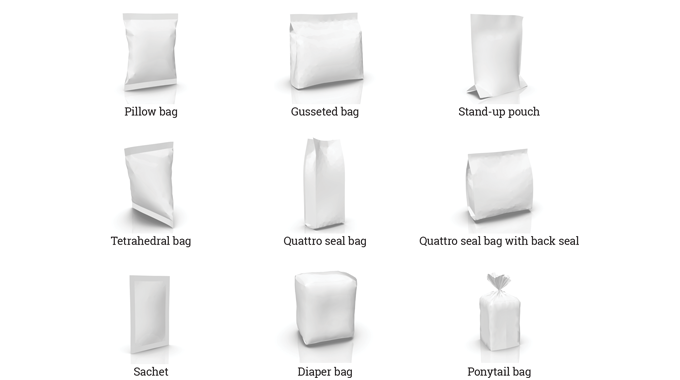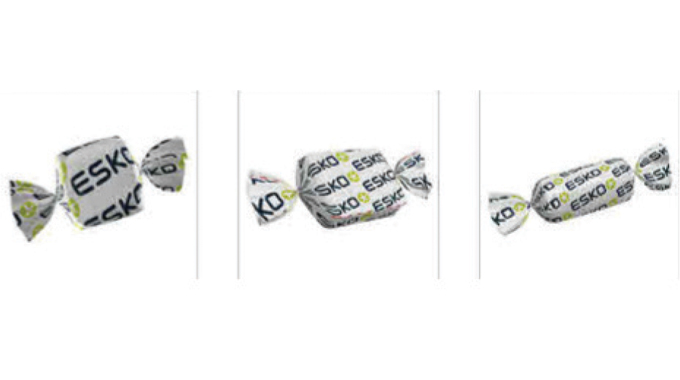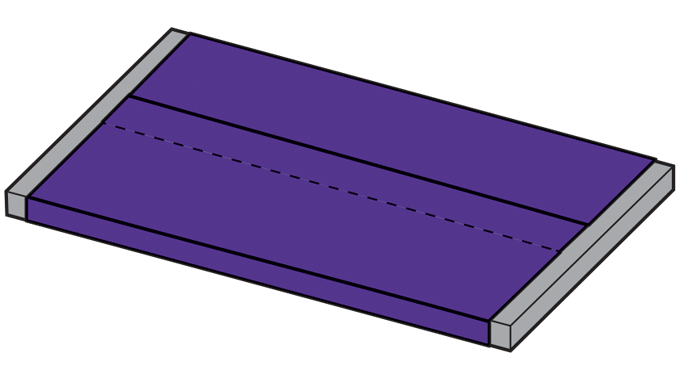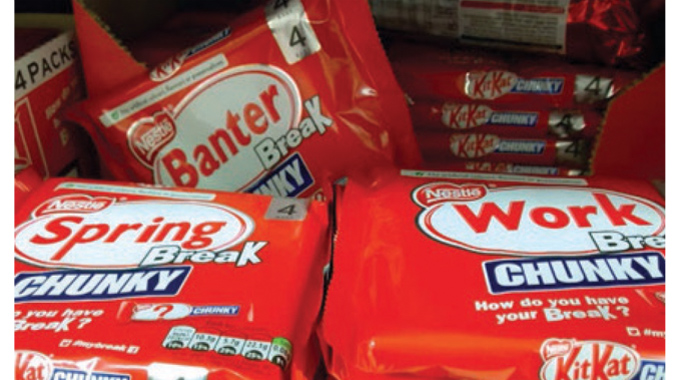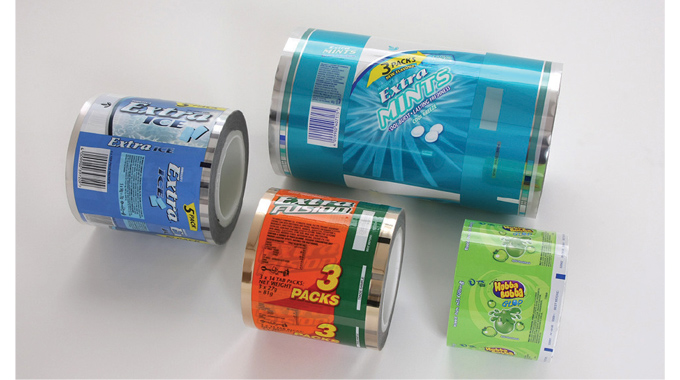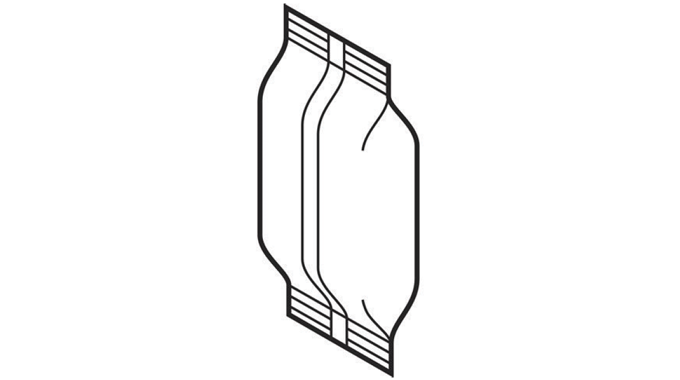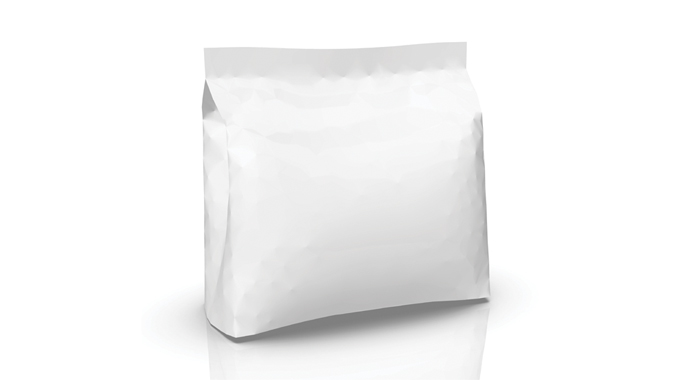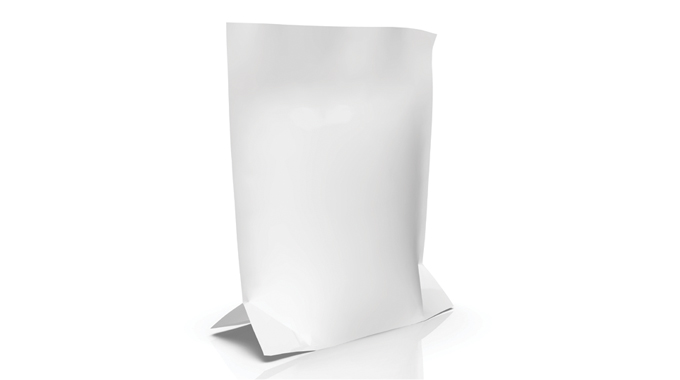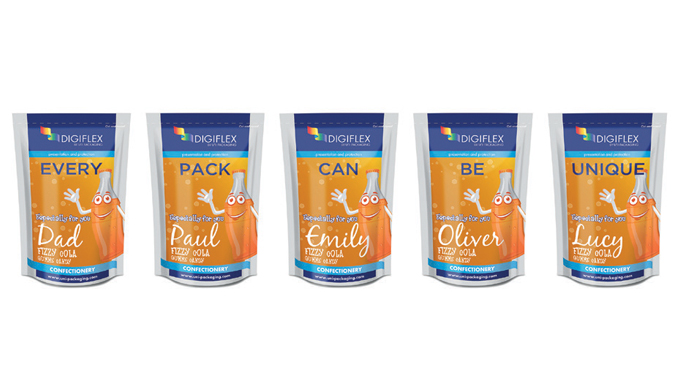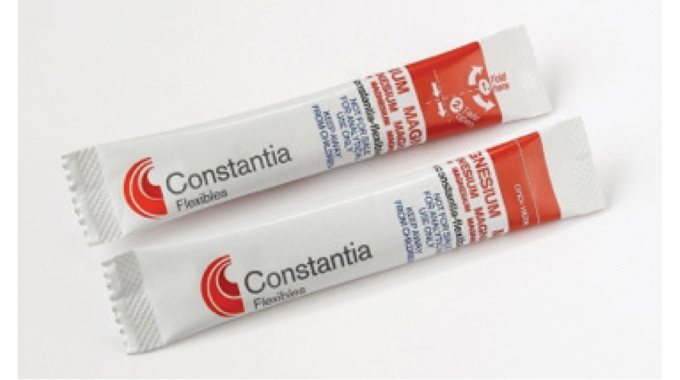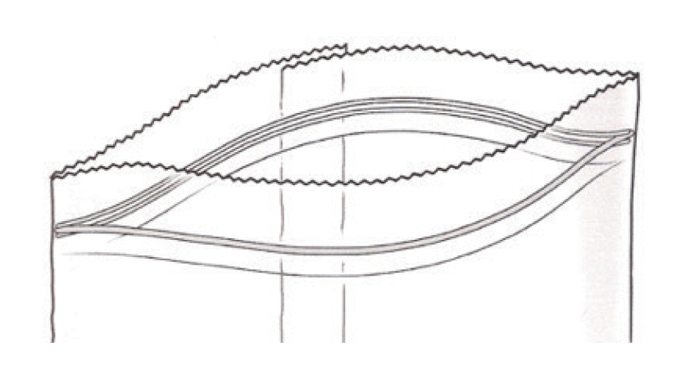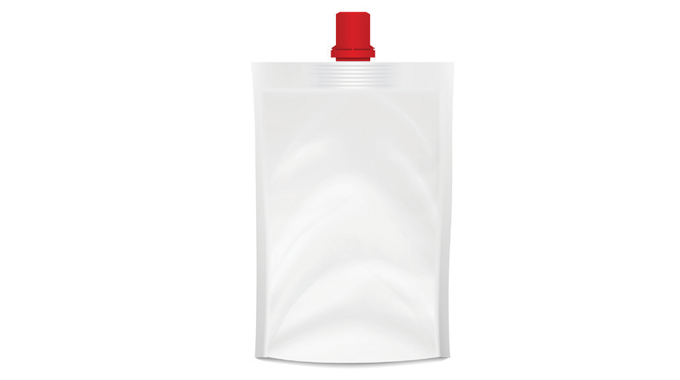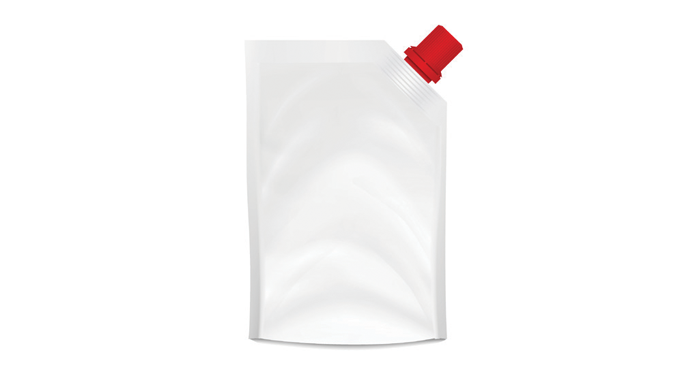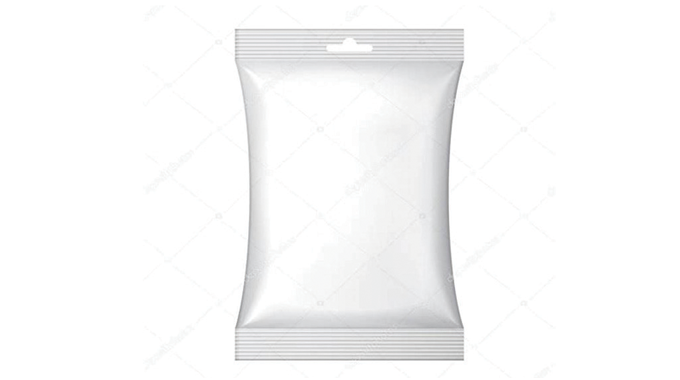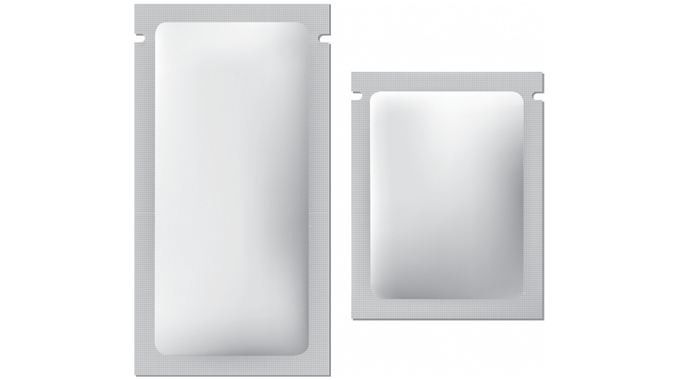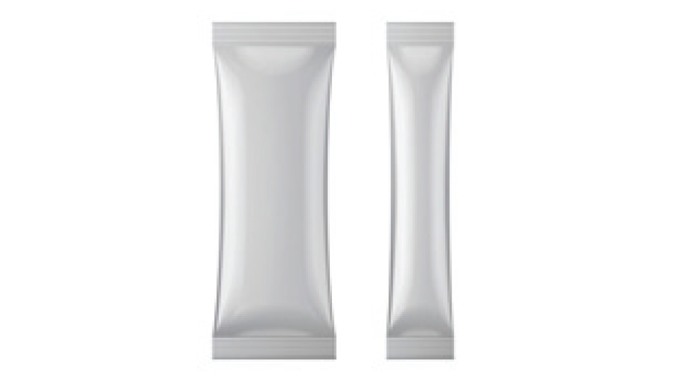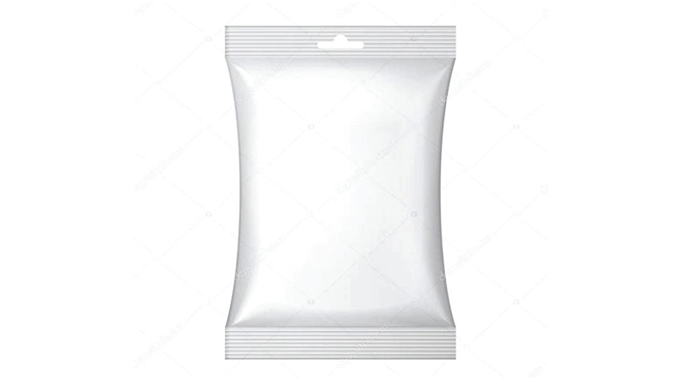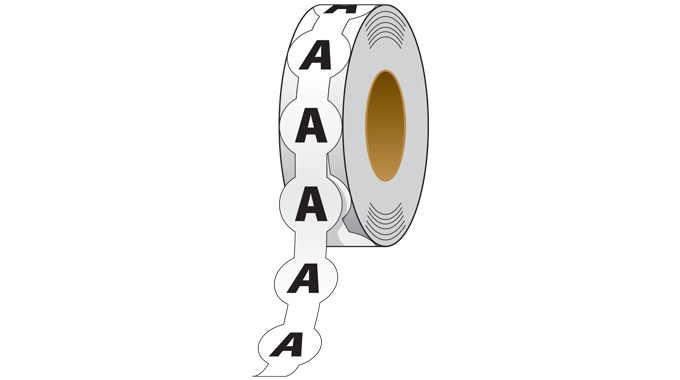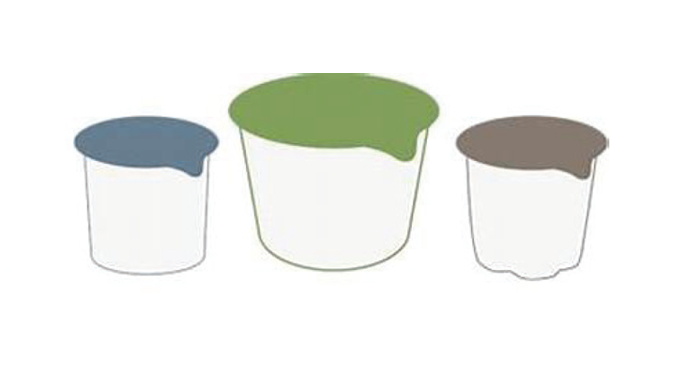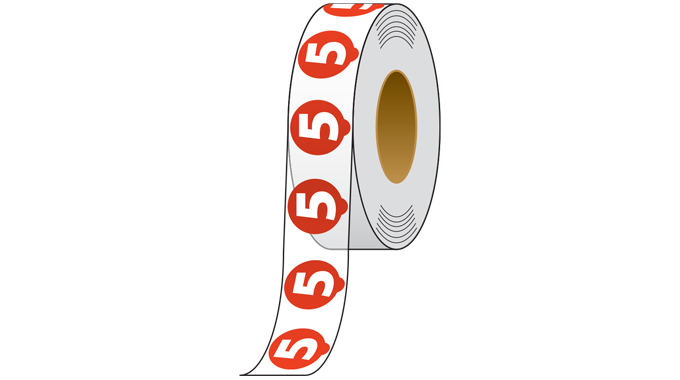Types of flexible packaging and special constructions
How are products the pack will contain to be inserted? What protection is required? Will the packs have to lay flat? Will they need to stand up on a supermarket shelf? How will they be opened or emptied? Do they require a re-closable feature? How are the packs to be sealed or closed? Do they require an easy carry handle or feature? What about hanging holes? How will they be transported? The list of requirements or specifications today is almost unlimited, particularly when looking at the multitude of added-value possibilities that are now feasible.
Stay up to date
Subscribe to the free Label News newsletter and receive the latest content every week. We'll never share your email address.
